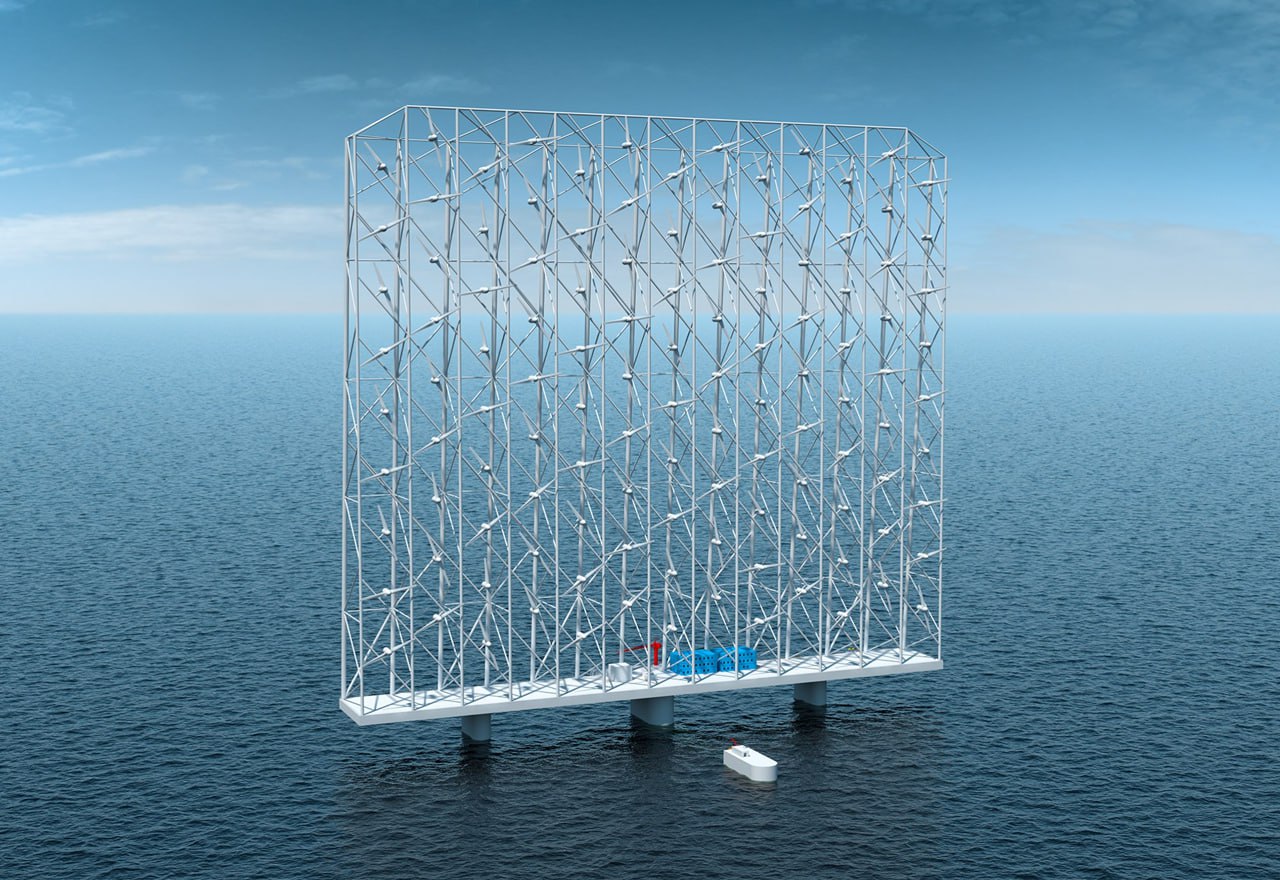Norway has recently given the green light for a groundbreaking renewable energy initiative: the construction of a floating wall of wind turbines, known as the Windcatcher project. This pioneering endeavor represents a significant leap forward in harnessing wind energy on a scale never before seen.
The Windcatcher project is poised to be a monumental engineering feat. The structure will dwarf iconic landmarks such as the Eiffel Tower, standing at a towering height that exceeds 330 meters (1,080 feet). This impressive height is not just for show; it is designed to capture stronger and more consistent winds at higher altitudes, thereby optimizing energy production. By floating on the sea, the Windcatcher avoids the spatial constraints and environmental impacts associated with traditional land-based wind farms.
In terms of energy production, the Windcatcher is expected to be a game-changer. With its advanced turbine technology and strategic placement, it has the potential to generate enough electricity to power up to 80,000 homes. This capacity represents a substantial boost to Norway’s energy grid and contributes significantly to the country’s renewable energy goals.
The project’s impact extends beyond just electricity production. By embracing this innovative approach to wind energy, Norway is setting a global example in the fight against climate change. The Windcatcher will help reduce reliance on fossil fuels and cut greenhouse gas emissions, aligning with international climate agreements and sustainability targets. Additionally, it showcases the potential for floating wind farms to be deployed in other coastal regions around the world, where traditional wind farm locations may not be feasible.
The Windcatcher project underscores Norway’s commitment to leading the charge in renewable energy technology. It not only highlights the nation’s engineering prowess but also reaffirms its dedication to addressing climate change through innovative solutions. As the project progresses, it will likely serve as a beacon for future developments in the field, demonstrating that with ambition and ingenuity, the path to a more sustainable future is within reach.



